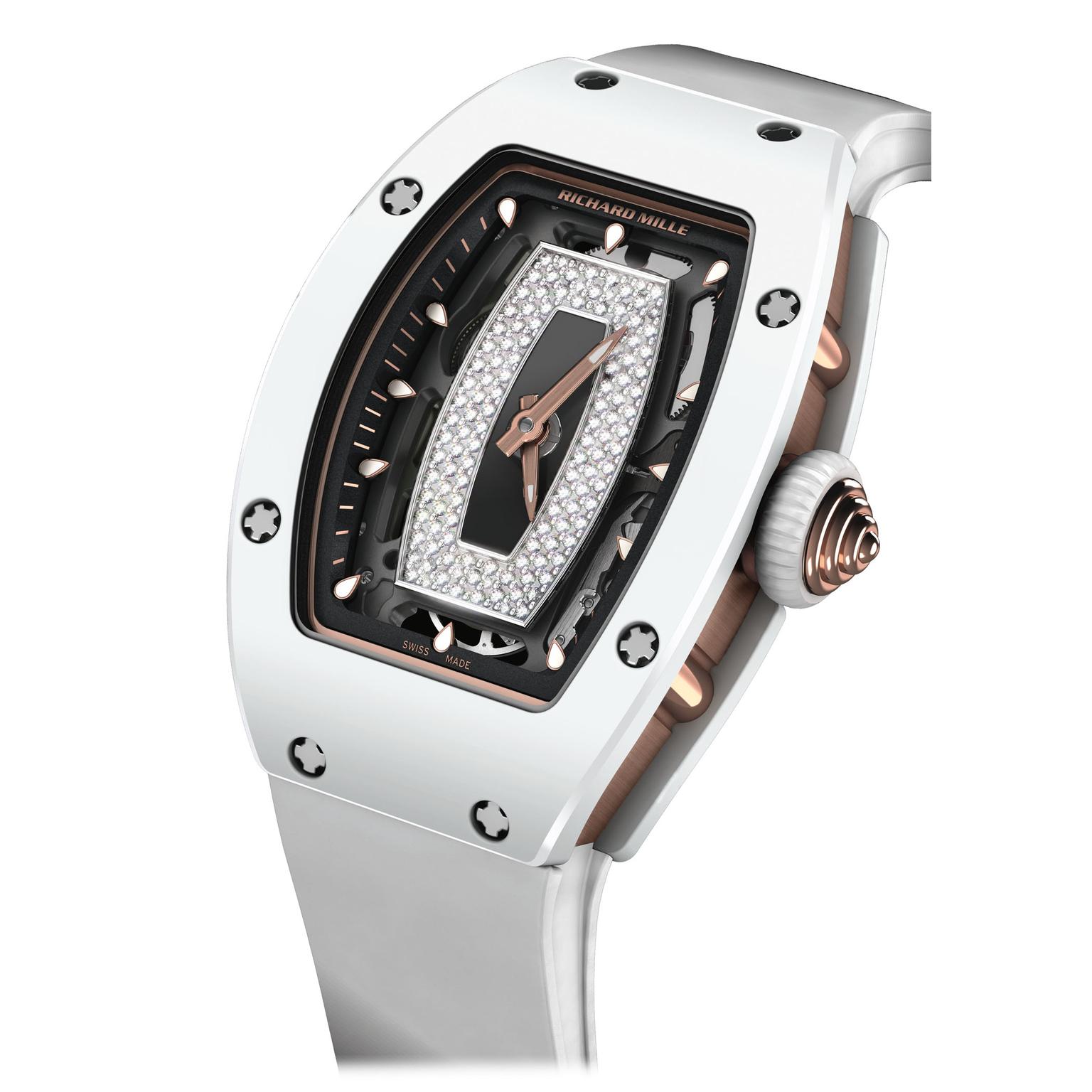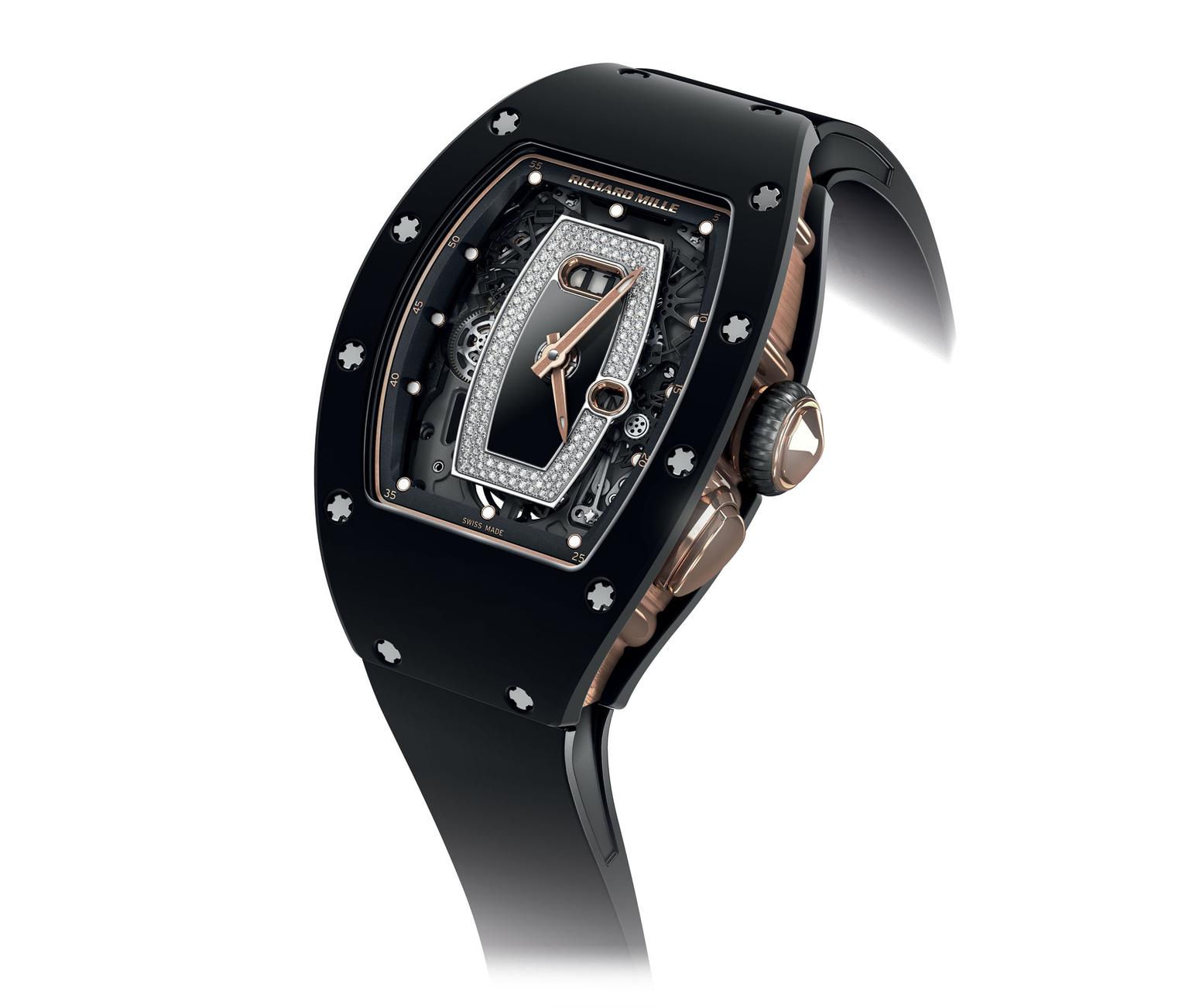
By Maria Doulton in London
Many times have I sat in a plush-carpeted, comfortably cooled, elegantly appointed watch showroom sipping Earl Grey tea as I hear all about the remarkable strength, endurance and overall toughness of a particular watch. But what is it like for one of these daredevil, go anywhere, throw-at-it-what-you-will timepieces in real conditions, I asked watchmaker Richard Mille?
I know to be careful about what I ask for: I have found myself in Northern Siberia on a similar mission. But in this case, the answer was a more attractive proposition. "Come to St. Barths to see Richard Mille's new watches in action in a professional regatta," was the offer. As a committed guardian of horological truth, after some thought I agreed to join the sailors aboard the 45ft sailing boat Jolt 2, captained by Peter Harrison, CEO of Richard Mille Europe, as it participated in the Les Voiles de Saint Barth 2014 regatta.
Not only does Richard Mille have skin in the regatta in the form of Jolt 2, it is also the main sponsor of this relatively new race, which is now in its fifth year. With its six different categories, ranging from Maxi class to Classic and Multi-hulls, the regatta attracts some of the most formidable super-yachts and their equally impressive crews from around the world.
Stepping on board the newly sanded teak deck of Jolt 2, it was evident that this boat has been made to the highest specifications - even the loo was made of carbon fibre. The dark grey North Sails looked box fresh, and every detail of the boat was refined to perfection.
Bobbing in the marina at the Quai General de Gaulle in Gustavia, I could see boats from the United States, England, France and even Australia. But these multi-million-pound vessels are too precious to be subjected to transoceanic schleps. More often they are suspended inside the holds of tankers and ferried from regatta to regatta.
But no such mollycoddling for the Richard Mille watches. On the tanned wrists of the professional crew of Jolt 2, they were ready for action outside the safety of a display case.
Richard Mille is known for looking beyond the watch industry for new materials to create 'a racing machine on the wrist'. The world of competitive sailing, aerospace and Formula 1 are rich grounds for developing super-performance, lightweight materials, some of which, such as NTPT, TZP Ceramic and Titalyt, have made their way onto Richard Mille watches. And bear in mind that these are all complex mechanical creations with hundreds of intricate components that you wouldn't normally dare subject to an ocean race.
With over 20 years' experience of international yacht racing, skipper Campbell Field, from New Zealand, had on his wrist the mighty, new Richard Mille RM 60-01 Flyback Chronograph Regatta. It fitted right in with the commanding presence of Mr Field, eyes to the horizon and all senses keened to the slightest nuance of sea and wind. The countdown function allowed him to prepare the yacht for the race start - potentially a crush of boats all tacking back and forth as they vie for an optimal position.
Peter Harrison, owner of Jolt 2, was at the helm wearing the new Richard Mille RM 011 - a fitting choice as the case is made of NTPT carbon, which resembles fossilised wood. This material was first developed by North Sails and used by the Swiss Alinghi sailing team in the America's Cup. It is light yet resistant - optimal qualities for both sails and watch cases.
The rest of the crew were wearing RM 028 and RM 032 divers' watches on bright rubber straps, which remained on the wrists of the sailors as they put the yacht and the watches through their paces in this most competitive of regattas. The women were wearing the new RM 07-01 and the RM 037 Ladies in black and white ceramic, which looked so attractive in the sunlight.
I was hesitant to wear a diamond-set watch with gold sides and an automatic movement on board. It's like wearing a sporty haute couture outfit to go competitive sailing. But I shouldn't have worried - it was more up to the challenge than I was.
From plunging into the Caribbean to check the keel and being hoisted up the mast to the hard physical work of bringing in the sails and grinding the winches, the Richard Mille watches performed admirably. I can confirm that all the watches emerged for the post-race cold beer and debrief in perfect shape. And they looked pretty good later on Nikki Beach as we drank magnums of rosé and refuelled on sushi.
So the next time that I hear a Richard Mille employee boast of the resistance and superior performance of its watches, I will be able to agree without a shred of doubt.






















